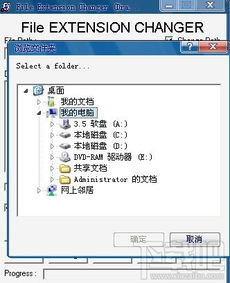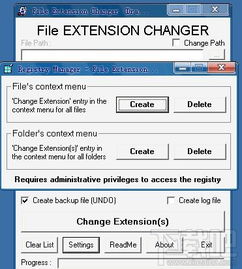
Understanding and Navigating the Process of Filing a Tax Extension
When it comes to tax season, the thought of filing your taxes can be overwhelming. However, there are situations where you might need to file a tax extension. This article will guide you through the process of filing a tax extension, providing you with a comprehensive understanding of what it entails and how to navigate it effectively.
What is a Tax Extension?

A tax extension is an extension of the deadline to file your tax return. It is granted by the IRS to taxpayers who need more time to complete their tax returns due to various reasons. It’s important to note that while an extension gives you more time to file, it does not grant you an extension to pay any taxes you owe.
When Should You File a Tax Extension?

There are several situations where you might need to file a tax extension:
-
You expect to owe taxes and need more time to gather the necessary information to accurately calculate the amount.
-
You are waiting for tax documents, such as W-2s or 1099s, from employers or financial institutions.
-
You are traveling or have other unforeseen circumstances that prevent you from filing your taxes on time.
-
You are living abroad and need more time to comply with the tax filing requirements for U.S. citizens and residents.
How to File a Tax Extension

Filing a tax extension is a straightforward process. Here’s how you can do it:
-
Use Form 4868: This form is used to request an automatic six-month extension to file your tax return. You can file Form 4868 online, by mail, or through your tax professional.
-
File by the deadline: The deadline to file Form 4868 is April 15th. If you are filing by mail, make sure to send it to the correct IRS center. If you are filing online, use the IRS Free File program or a tax preparation software that offers e-filing.
-
Pay any taxes owed: Even though you are requesting an extension to file, you are still required to pay any taxes you owe by the original filing deadline. You can pay by check, credit card, or electronic funds transfer.
Understanding the Tax Extension Payment
When you file a tax extension, you are required to estimate and pay any taxes you owe by the original filing deadline. Here’s what you need to know:
-
Penalties and interest: If you do not pay the estimated tax by the original filing deadline, you may be subject to penalties and interest on the amount owed.
-
Interest rate: The interest rate on underpayments is determined quarterly by the IRS and is based on the federal short-term rate plus 3 percentage points.
-
Penalty rate: The penalty for failure to pay is calculated as 0.5% of the tax owed for each month or part of a month that the tax remains unpaid, up to a maximum of 25%.
Common Questions About Tax Extensions
Here are some common questions about tax extensions:
- Q: Can I file an extension for my state taxes as well?
-
A: Yes, you can file an extension for your state taxes. The process may vary by state, so it’s important to check with your state’s tax agency for specific instructions.
- Q: Can I file an extension if I haven’t received all my tax documents?
-
A: Yes, you can file an extension even if you haven’t received all your tax documents. Just estimate the amount of tax you owe based on the information you have.
- Q: Can I file an extension if I am self-employed?
-
A: Yes, self-employed individuals can file an extension. However, it’s important to note that self-employment taxes are not extended, so you should still estimate and pay any self-employment taxes owed by the original filing deadline.
Conclusion
Filing a tax extension can provide you with the additional time you need to complete your tax return. By understanding the process and following the necessary steps, you can ensure that your






